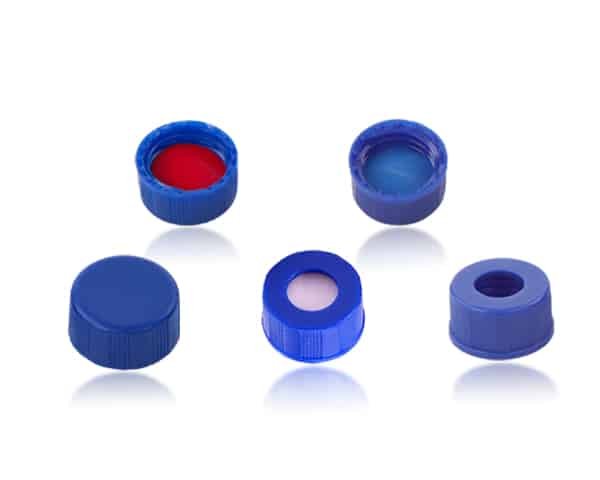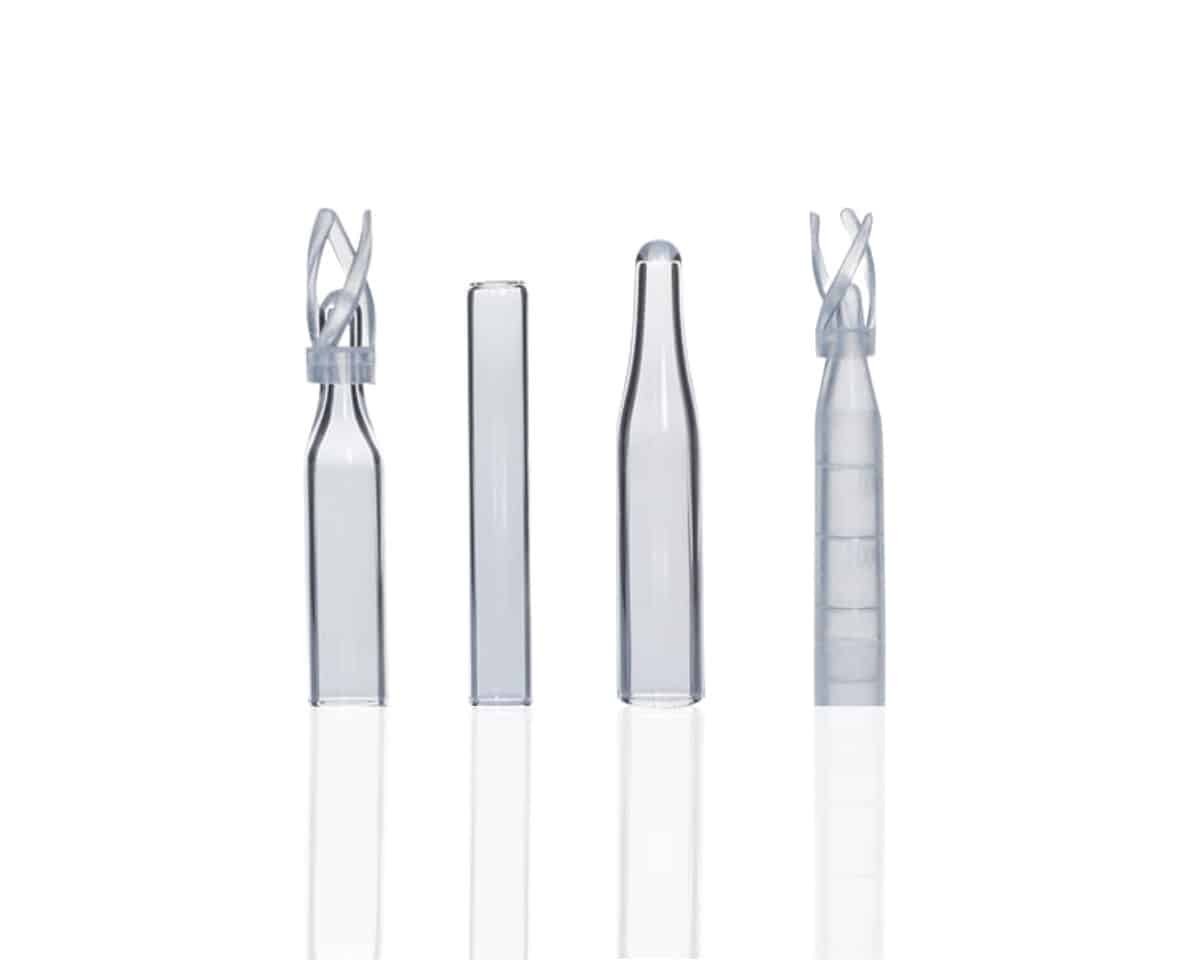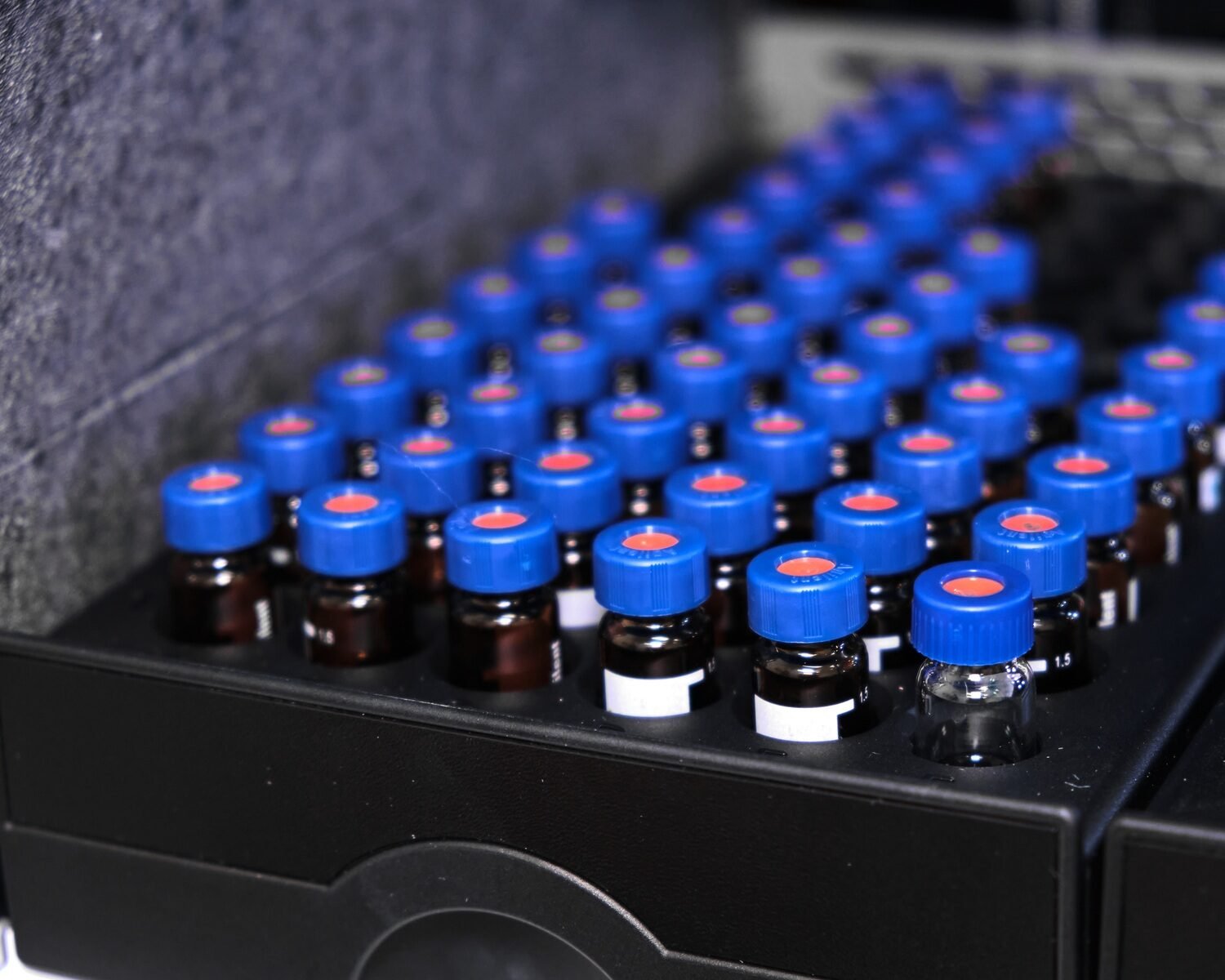Have you ever wondered about the difference between bonded and assembled caps? It’s one of those things that often gets overlooked, but it can make a big difference in your lab results. I know, caps may not seem like the most exciting part of your HPLC setup, but trust me—choosing the right one can save you a lot of headaches. So, let’s dive into what sets these two apart, why it matters, and how to make the right choice for your HPLC vials. What do you think? Have you ever run into trouble with your vials because of cap issues?
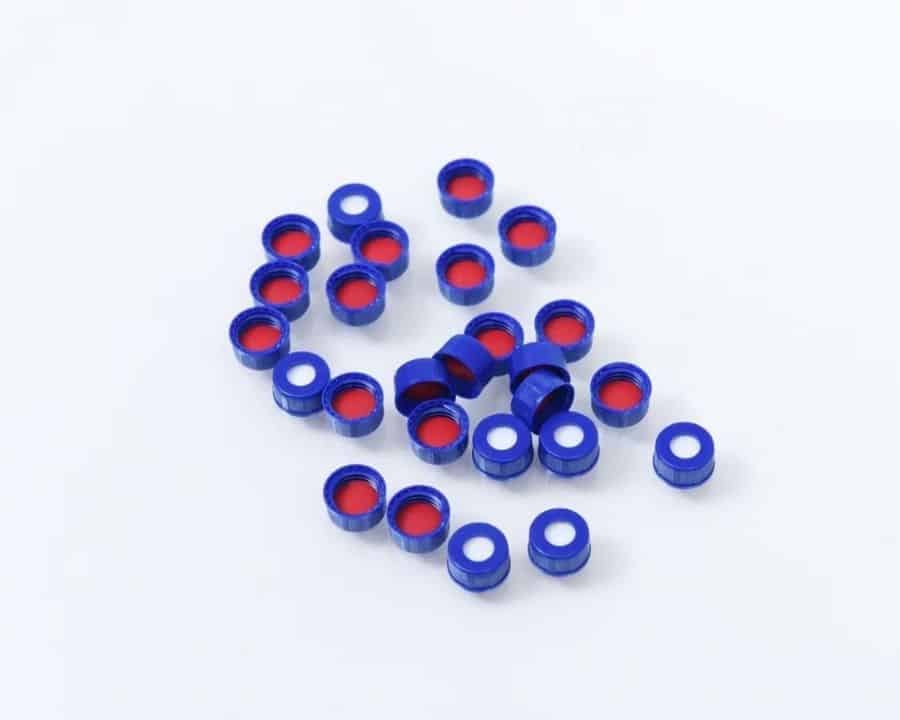

What Is a Bonded Cap?
A bonded cap is essentially a cap where the septa (the rubber or silicone lining) is permanently bonded to the cap itself. This bonding ensures that the septum doesn’t separate from the cap, even under extreme conditions like high-pressure or when dealing with aggressive solvents. Think of it as a unified piece—everything is secure and fixed together, leaving no room for the septum to shift or fall out. This is why bonded caps are often recommended for use with volatile or sensitive samples. You don’t want to risk losing the septum when you’re in the middle of a crucial experiment, right?
Why Choose Bonded Caps?
- Consistency and Reliability: With a bonded cap, the septum is always in the correct position, which minimizes the risk of sample contamination. No shifting or movement ensures that your sample integrity is maintained.
- Durability in Harsh Conditions: Whether you’re working with extreme temperatures or aggressive chemicals, the bond between the septum and the cap remains intact. This gives you peace of mind that your sample is safe.
- No Risk of Septum Dislodgment: If you’ve ever had a septum pop out in the middle of an experiment, you know how frustrating it can be. With bonded caps, that’s a non-issue.


What Is an Assembled Cap?
On the other hand, an assembled cap is exactly what it sounds like—a cap where the septum is placed inside but not bonded. It’s a two-part system where the cap and the septum are separate pieces but come pre-assembled. So, while the septum stays in place most of the time, it’s not as secure as it would be in a bonded cap.
Why Choose Assembled Caps?
- Flexibility: Assembled caps offer flexibility. If your application doesn’t require the extreme conditions that a bonded cap is designed for, an assembled cap can be a great, cost-effective option.
- Easier to Customize: Since the septum isn’t permanently bonded, you can swap out septa depending on the type of sample or solvent you’re working with. Need a different material for a high-temperature test? No problem—just swap out the septum.
- Cost-Effective: Assembled caps tend to be less expensive than their bonded counterparts. If you don’t need the added security of a bonded cap, this could be a more budget-friendly option without sacrificing too much performance.
assembled machine production process
Key Differences Between Bonded and Assembled Caps
You might be asking yourself, “So, which one is better?” Well, that depends on your needs. Let’s break down the key differences so you can make the best choice for your lab.
Performance and Reliability
In terms of reliability, bonded caps take the lead. The permanent bond means there’s no risk of the septum dislodging, even under high stress. This makes them ideal for high-pressure liquid chromatography (HPLC) applications where precision and consistency are critical.
But does that mean assembled caps aren’t reliable? Not necessarily. If you’re running more routine, lower-pressure experiments, assembled caps can perform just as well. However, you might want to keep an eye on the septum to ensure it hasn’t shifted during use.
Application-Specific Choices
Bonded caps are ideal when working with volatile samples or when you’re dealing with aggressive solvents. The secure bonding prevents leaks and contamination, which is crucial in sensitive analytical processes. Do you agree that having that extra layer of security is worth the investment for critical experiments?
On the other hand, if your experiments are more straightforward, assembled caps might suit your needs perfectly. They give you the flexibility to switch out the septum depending on your requirements. How often do you need that level of customization in your experiments?
Cost Considerations
If budget is a significant factor in your decision-making, assembled caps can be the more economical choice. Bonded caps, because of the manufacturing process, tend to be slightly more expensive. But, if the integrity of your sample is paramount, it may be worth the extra cost. In high-stakes testing, the added security of a bonded cap can potentially save you from costly mistakes.
When to Use Bonded Caps?
Now that we’ve covered the key differences, let’s talk about when you should use each. If you’re working in a high-stakes environment where the reliability of every component is critical, bonded caps are your go-to. They’re ideal for:
- High-pressure applications: HPLC is all about precision. A bonded cap ensures that there’s no movement, no risk of contamination, and no variables you can’t control.
- Aggressive solvents: Some solvents can cause the septum to disintegrate or shift, which is less likely to happen with a bonded cap.
- Volatile samples: If you’re working with samples that could evaporate or react with the environment, a bonded cap offers the secure seal you need.
When to Use Assembled Caps?
Assembled caps, while not as robust as bonded ones, are more than adequate for routine lab work. If you’re not dealing with highly sensitive samples or extreme conditions, assembled caps can work just fine. They’re especially useful for:
- Routine HPLC testing: If your tests don’t involve aggressive chemicals or high pressure, assembled caps are a practical, budget-friendly option.
- Customizable needs: If you frequently change the type of septum depending on the sample or solvent, assembled caps make swapping out the septum easy and quick.
- Cost-conscious labs: If you’re running a high volume of experiments and need a more economical option, assembled caps are the way to go.
Key Point to Consider
Here’s something else to keep in mind—many assembled caps on the market today are machine-assembled, which can lead to a common issue: the septa size is often slightly smaller than expected. For example, a 9mm septum might only measure around 8.8mm. Why is that? Well, this allows the septum to fit snugly without deforming, as a septum that’s too large or too small wouldn’t provide a proper seal. However, this can cause issues with the septum potentially slipping or not sitting securely enough during use.
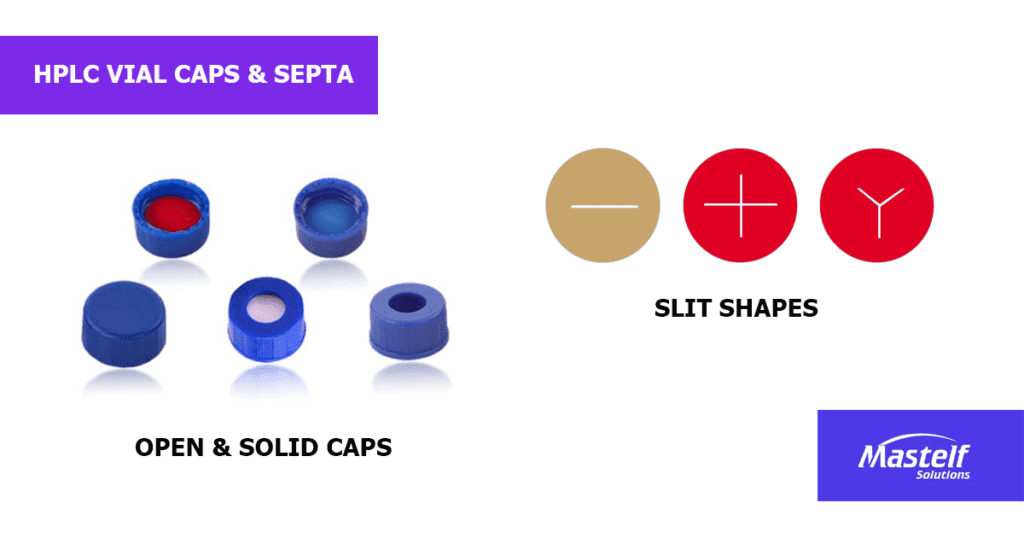
What sets Mastelf apart is that their assembled caps come with septa that actually measure a full 9mm. Plus, they’re assembled in a cleanroom environment by hand, ensuring that the septum is both clean and securely fitted. This careful assembly process prevents the septum from falling out, offering a level of security usually only found in bonded caps. Essentially, with Mastelf’s assembled caps, you’re getting the best of both worlds: the cost-effectiveness of an assembled cap with the reliability of a bonded cap. Doesn’t that sound like a win-win?
This attention to detail in product design ensures you’re not compromising on quality, even when choosing assembled caps. So, whether you’re budget-conscious or looking for performance, Mastelf has got you covered.
Conclusion: Which Cap Is Right for You?
So, there you have it—the main differences between bonded and assembled caps. Bonded caps offer greater security and reliability, especially in demanding applications, but they come at a slightly higher cost. Assembled caps, while less secure, offer flexibility and cost savings, making them ideal for routine use. What do you think? Does one seem like a better fit for your lab’s needs?
Ultimately, the choice comes down to what your lab requires. If you’re running high-pressure, high-stakes experiments, it’s worth investing in bonded caps. But if your needs are more general and budget is a concern, assembled caps could be the perfect solution.




